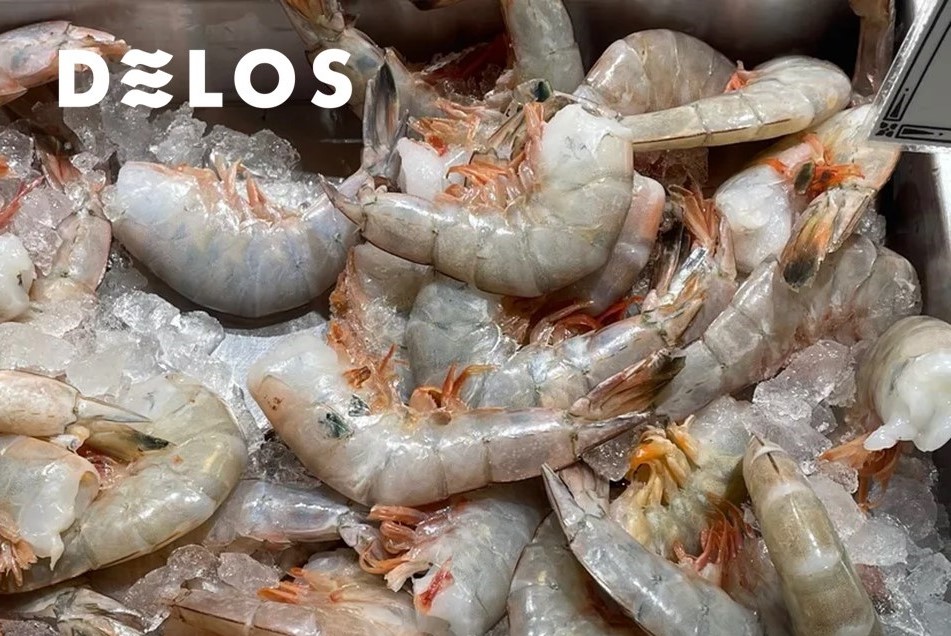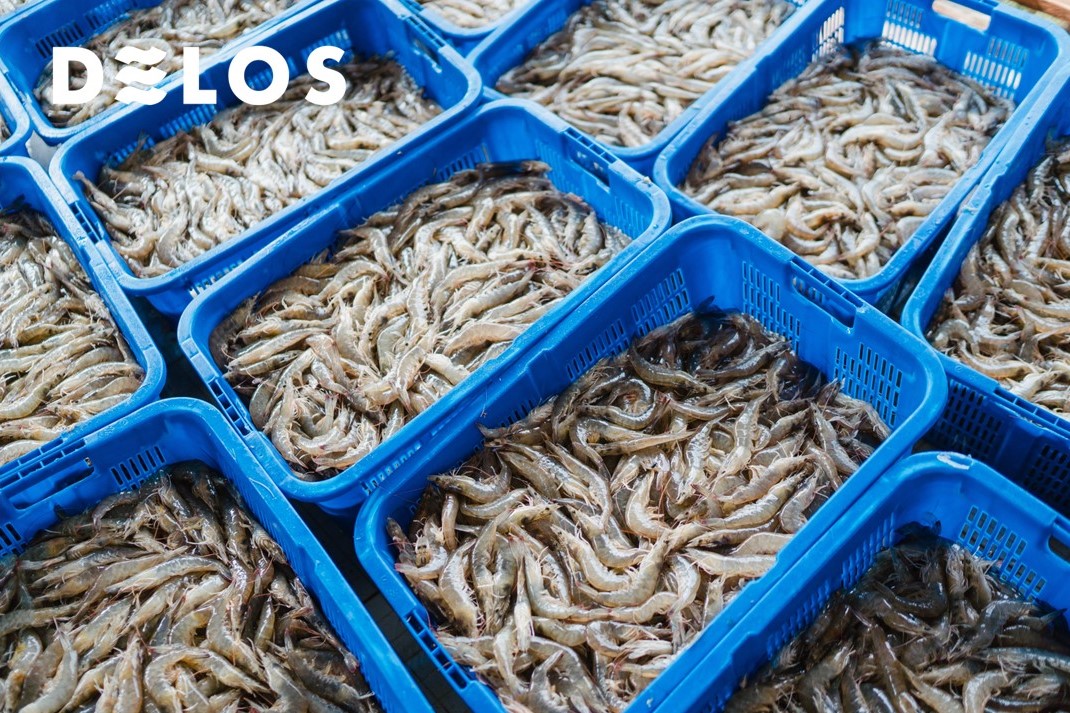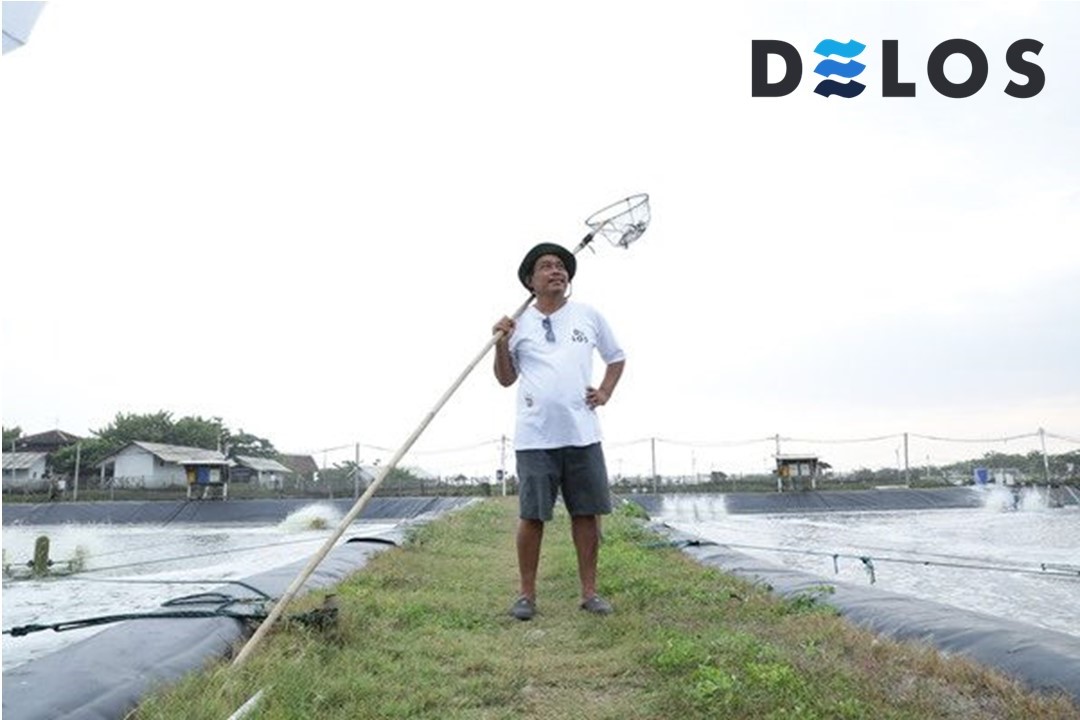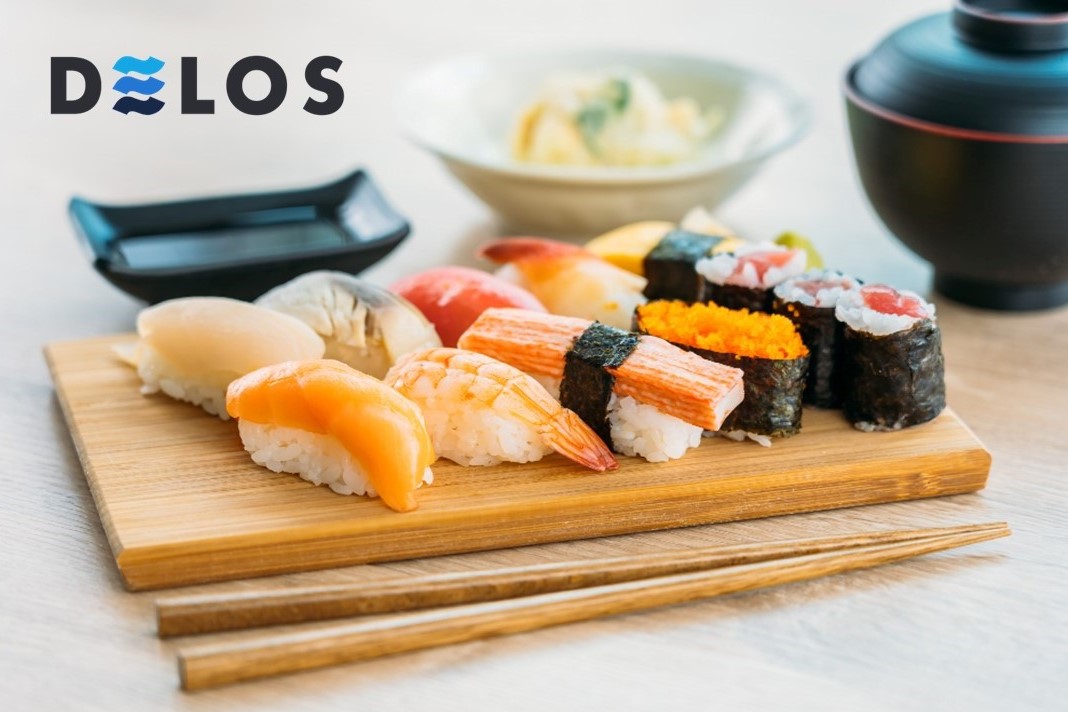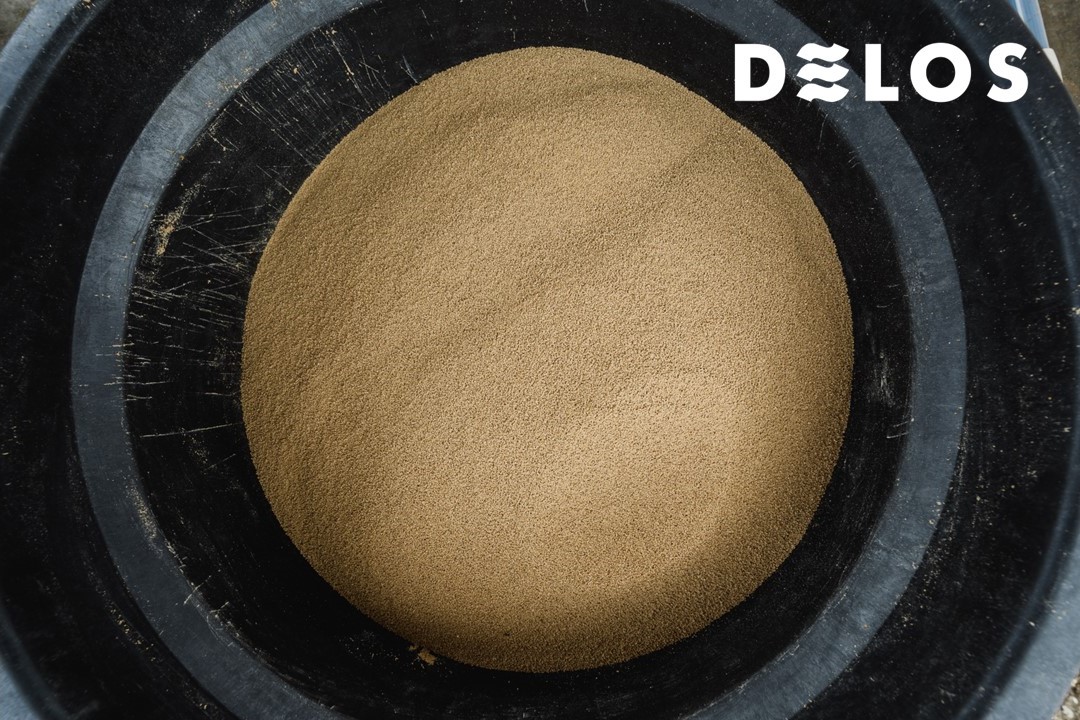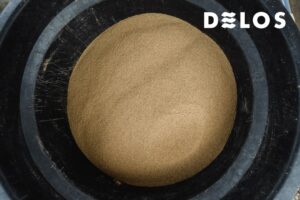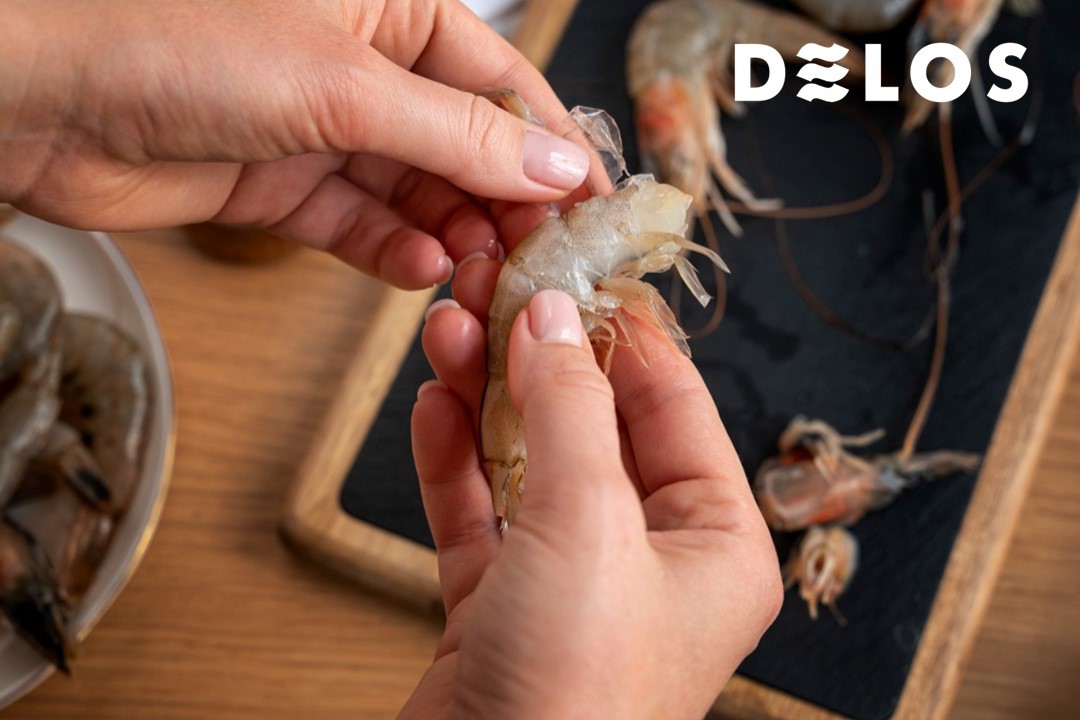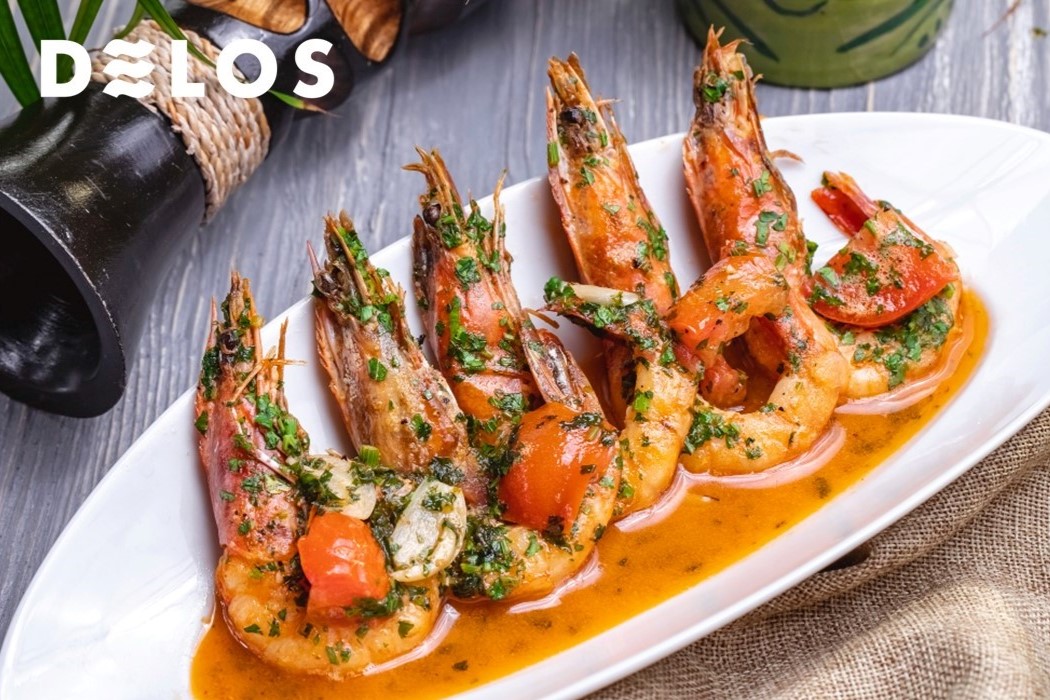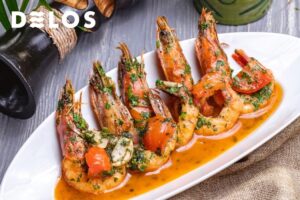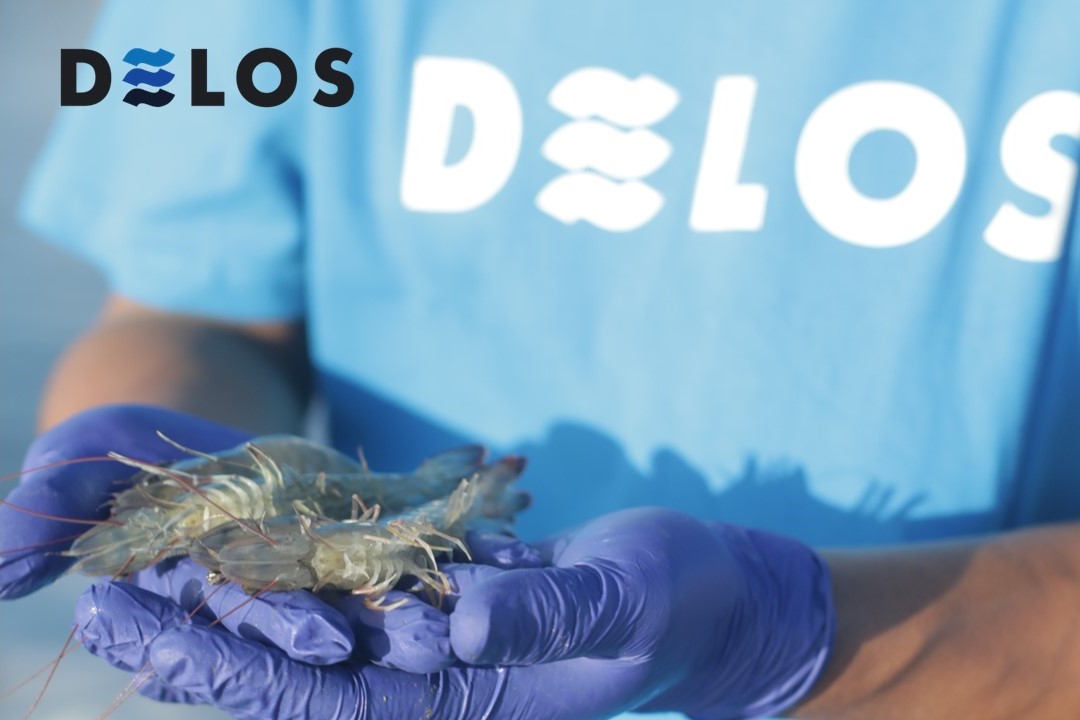Preserving the Freshness of Vannamei Shrimp After Harvest with Ice
During harvesting, it is crucial to preserve the freshness of vannamei shrimp, especially during transportation from the pond to the processing facility. This effort is a crucial step in maintaining the quality of shrimp while also sustaining its economic value.
The potential economic losses that may occur if harvested shrimp is damaged during transportation include a decline in prices imposed by processors.
Typically, to preserve the freshness of vannamei shrimp during transportation, ice is added in specific ratios. Read more about this in the following article.
Also Read: How to Cultivate Vannamei Shrimp from Preparation to Harvest
Benefits of Ice in Preserving the Freshness of Vannamei Shrimp
To maintain the freshness of vannamei shrimp post-harvest until it reaches processing, ice is commonly used. The optimal ice ratio used is 1:1. However, this depends on the terrain and the duration of the shrimp’s journey to processing.
The use of ice with the right ratio helps in preserving the quality and nutrients in shrimp. As a result, consumers will receive optimal nutrition when consuming them. Here are five benefits of ice in preserving the freshness of shrimp:
1. Cooling the Shrimp
After harvest, shrimp must be cooled promptly to slow down the spoilage process. The use of ice plays a key role in maintaining the freshness of shrimp during transportation to processing. Properly cooled shrimp will remain fresh and of high quality.
2. Temperature Control
Shrimp quality is highly dependent on temperature, and ice serves as an effective cooling medium to maintain optimal temperature during transportation, ensuring the freshness of shrimp.
3. Preserving Shrimp Texture
Inadequate post-harvest temperature and handling can alter the texture of shrimp. Ice can help preserve shrimp, ensuring consistent texture until it reaches processing for further treatment.
4. Preventing Physical Damage to Shrimp
Shaking and friction during the transportation of shrimp to processing can cause physical damage such as broken tails, heads, or damage to the carapace. Ice acts as a protective layer and shock absorber, reducing the risk of physical damage and maintaining shrimp quality.
5. Increasing the Shelf Life of Shrimp
Ice helps maintain the low temperatures necessary to preserve shrimp quality. By slowing down the spoilage process, ice also extends the shelf life of shrimp, allowing for longer-distance transportation without sacrificing quality.
Also Read: Important Steps to Maintain Shrimp Quality During Harvest
Achieve High-Quality Shrimp Harvests with DELOS!
Preserving the quality of vannamei shrimp during harvest is a key strategy for maximizing profits in aquaculture. If shrimp quality declines during transportation, it can lead to a decrease in shrimp prices, resulting in economic losses.
To avoid losses due to mishandling during shrimp harvest, you can trust DELOS with your pond harvests. DELOS has an expert harvesting team to ensure the quality of your shrimp until it reaches processing. Additionally, DELOS offers an integrated supply chain program, AquaLink, connecting you with industry players to both obtain and sell aquaculture products.
Contact the DELOS team at contact@delosaqua.com or submit through the contact form on our website, www.delosaqua.com, to get the best harvest results for your pond!

